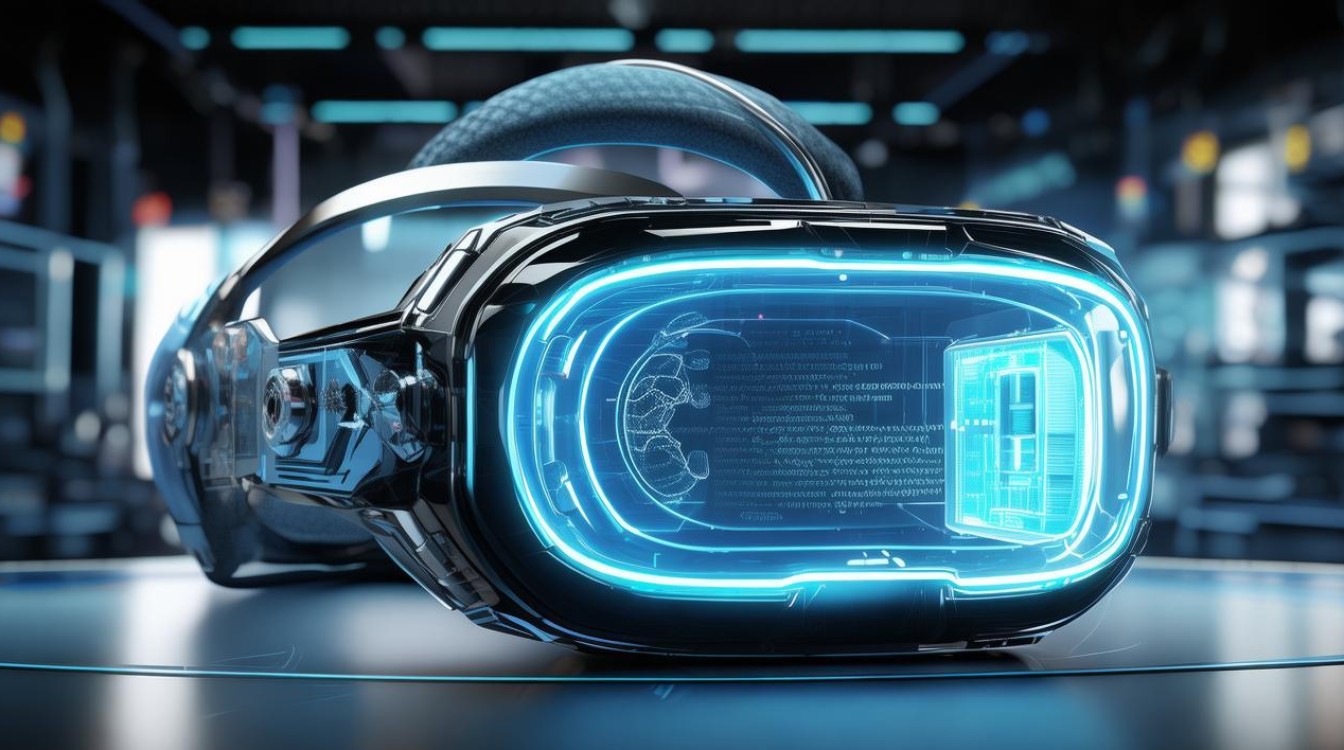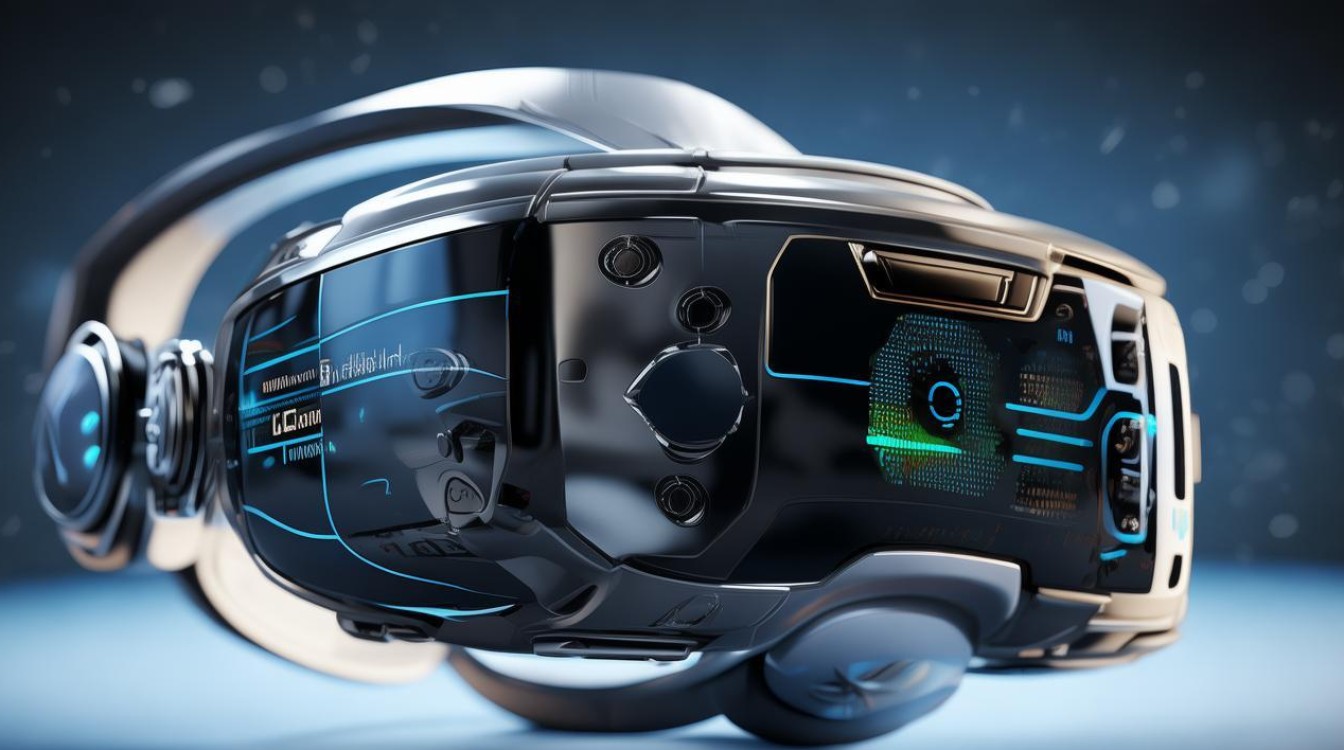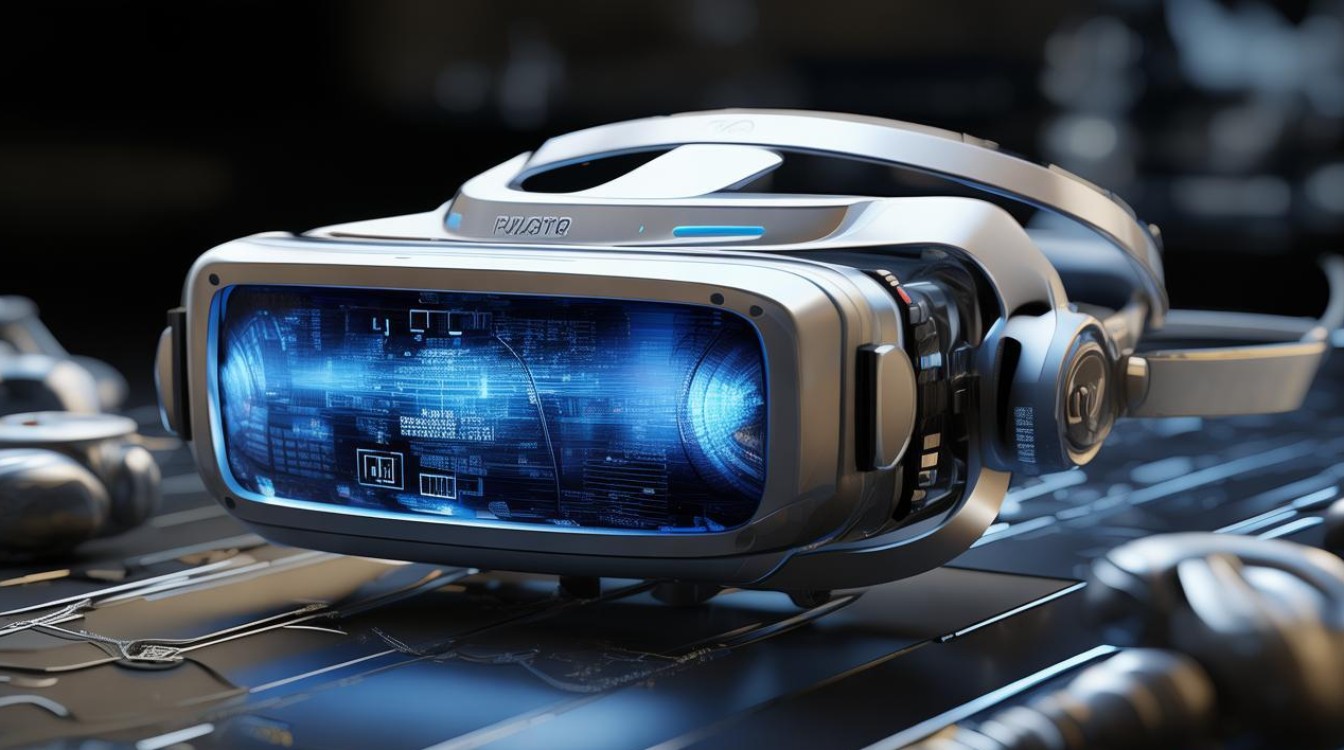Virtual reality (VR) has transformed industries from gaming to healthcare, creating immersive digital experiences. Whether you're a developer, student, or enthusiast, mastering VR terminology is essential. This guide breaks down fundamental English vocabulary related to virtual reality technology, helping you navigate discussions, research, and applications with confidence.

Core Virtual Reality Terms
-
Virtual Reality (VR)
A computer-generated simulation where users interact within an artificial 3D environment using specialized equipment like headsets. -
Augmented Reality (AR)
Overlays digital elements onto the real world (e.g., Pokémon GO), unlike VR, which creates entirely synthetic environments. -
Mixed Reality (MR)
Blends physical and virtual worlds, allowing real-time interaction between both (e.g., Microsoft HoloLens). -
Extended Reality (XR)
An umbrella term covering VR, AR, and MR, representing all immersive technologies. -
Head-Mounted Display (HMD)
A wearable device (e.g., Oculus Rift, HTC Vive) that projects VR content directly to the user’s eyes. -
Haptic Feedback
Tactile sensations simulating touch, such as vibrations or resistance, to enhance immersion. -
Degrees of Freedom (DoF)
- 3DoF: Tracks rotational movement (pitch, yaw, roll).
- 6DoF: Adds positional tracking (forward/backward, up/down, left/right).
-
Room-Scale VR
Allows users to move freely in a physical space, with movements mirrored in the virtual environment.
Technical Components
-
Field of View (FoV)
The extent of the observable environment visible through an HMD, measured in degrees. Wider FoV enhances realism.
-
Latency
The delay between user action and system response. Low latency (<20ms) is critical to prevent motion sickness. -
Refresh Rate
Measured in Hertz (Hz), it indicates how often the display updates per second. Higher rates (90Hz+) reduce flickering. -
Eye Tracking
Technology that monitors gaze direction, enabling foveated rendering (prioritizing detail where the user looks). -
Spatial Audio
3D sound that adjusts dynamically based on user movement, deepening immersion. -
Motion Tracking
Sensors or cameras (e.g., Lighthouse, Inside-Out Tracking) that monitor user movements for real-time VR interaction.
Development & Design
-
Unity/Unreal Engine
Popular platforms for creating VR content, offering tools for 3D modeling, physics, and scripting. -
3D Modeling
Designing virtual objects or environments using software like Blender or Maya. -
Avatar
A digital representation of the user within a virtual space. -
Teleportation
A locomotion method allowing users to "jump" to locations to minimize motion sickness.
-
Simulator Sickness
Discomfort (nausea, dizziness) caused by discrepancies between visual and physical motion. -
Presence
The psychological feeling of "being" in a virtual environment, a key goal of VR design.
Industry Applications
-
Serious Games
VR applications for education, training, or therapy (e.g., flight simulators, PTSD treatment). -
Virtual Collaboration
Platforms like Meta Horizon Workrooms enabling remote teamwork in shared virtual spaces. -
VR Therapy
Using VR for exposure therapy, pain management, or rehabilitation. -
360-Degree Video
Immersive footage capturing all angles, viewable via VR headsets or browsers. -
Digital Twin
A virtual replica of a physical object or system used for analysis (e.g., manufacturing prototypes).
Emerging Trends
-
Standalone VR
Wireless headsets (e.g., Meta Quest) with built-in processors, eliminating the need for external hardware. -
WebXR
A framework for delivering VR/AR experiences directly through web browsers.
-
Neural Interface
Experimental technology linking the brain to VR systems for direct control. -
Metaverse
A persistent, shared virtual universe combining VR, AR, and social platforms. -
Light Field Technology
Advanced rendering mimicking how light interacts with objects for hyper-realistic visuals.
Understanding these terms empowers users to engage with VR technology more effectively. As the industry evolves, staying updated with vocabulary ensures better communication, whether for development, research, or casual use. The future of VR promises even more innovative terminology—keeping pace will be key to unlocking its full potential.
Virtual reality isn’t just a tool; it’s a new dimension of human experience. The language we use to describe it shapes how we interact with and innovate in this space. Mastering these terms is the first step toward becoming fluent in the future of digital immersion.


